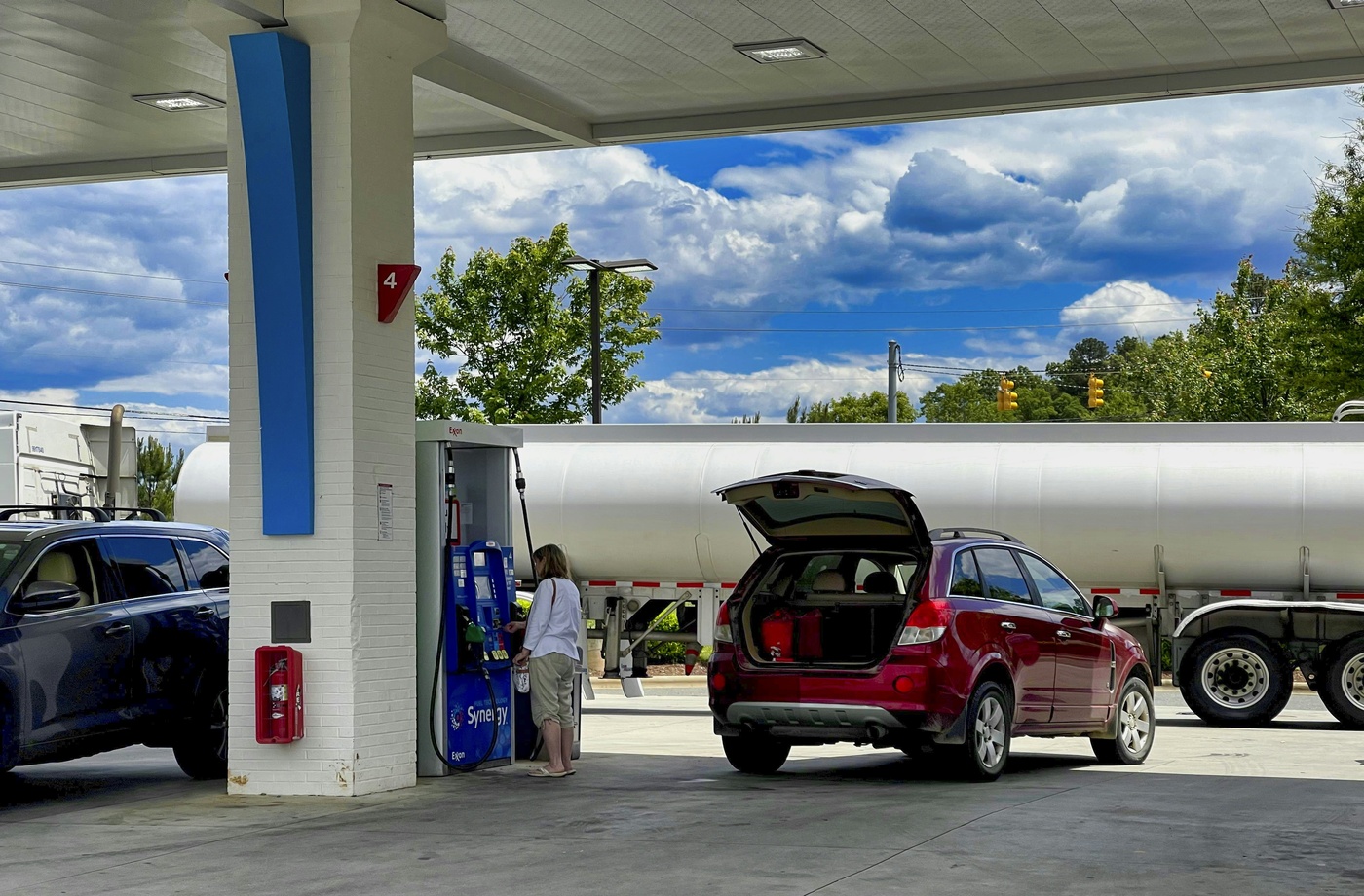As gas prices fluctuate, more drivers are looking for ways to save on every gallon. One strategy that’s gaining renewed attention: paying in cash. While using a credit card is more convenient, some stations offer lower per-gallon prices for cash-paying customers. Depending on where you fill up, the savings can be significant—especially over time.
Here’s a closer look at why gas stations offer cash discounts, when it makes sense to pay in cash, and how to maximize your fuel savings by combining payment methods and rewards.
Why Some Stations Offer a Lower Cash Price
Gas stations pay processing fees—usually around 2% to 3%—on every credit or debit card transaction. To offset this cost, many stations charge a higher price per gallon for card payments. Offering a lower price for cash helps the station maintain profit margins while giving customers an incentive to pay directly.
- The price difference between cash and card can range from 5¢ to 10¢ per gallon, though some locations offer as much as 15¢ off.
- Stations typically list both prices on the sign—so pay attention before you pull in.
- Cash pricing is most common at independent stations or smaller chains that have limited card-processing budgets.
When Paying Cash Makes the Most Sense
- You’re filling a large tank: The more gallons you buy, the more those cents add up.
- You’re near a cash-discount station: Use apps like GasBuddy or Waze to check which stations offer different prices for cash vs. card.
- You’re avoiding credit card interest: If you typically carry a balance, paying in cash also helps you avoid interest on fuel purchases.
- You’re budgeting strictly: Using cash lets you cap how much you spend and avoid surprise card charges.
Limitations of Paying in Cash
While it can save money, paying in cash has drawbacks:
- Inconvenience: You usually have to go inside the store to pay.
- Exact change challenges: You might overpay and need a refund or balance slip.
- No credit card rewards: You miss out on points, miles, or cashback.
- Can’t stack with all cashback tools: Many cashback apps require digital or card-based transactions.
How to Get the Best of Both Worlds
If you want to save money like a cash buyer while keeping the convenience of card payments, consider using a cashback platform like Fluz. With Fluz, you can earn cashback with a BP gift card or other supported brands like Chevron and RaceTrac. You purchase the gift card for the amount you intend to spend, pay with it at the pump or inside, and get rewarded instantly—no receipts or waiting required.
Even if your chosen station doesn’t offer a cash discount, the cashback from Fluz or rewards credit cards can make up for the price difference—and sometimes exceed it.
Cash vs. Card: What’s the Real Savings?
Let’s say gas is $3.50 per gallon with card, or $3.40 per gallon with cash:
- If you buy 12 gallons, you save $1.20 paying in cash.
- If your credit card or cashback app gives you 3% back, that’s $1.26 on $42 (12 gallons at $3.50).
In this case, the cashback option comes out slightly ahead, especially when paired with rewards from Fluz, loyalty programs, or fuel promotions.
Conclusion: Cash Isn’t Always King—but It Can Be
Paying in cash can be a smart move, especially at stations offering notable per-gallon discounts. But in many cases, using a strategic combination of gift cards, cashback platforms, and loyalty programs delivers equal—or better—results without sacrificing convenience. By weighing your payment options carefully at each fill-up, you can consistently fuel smarter.



